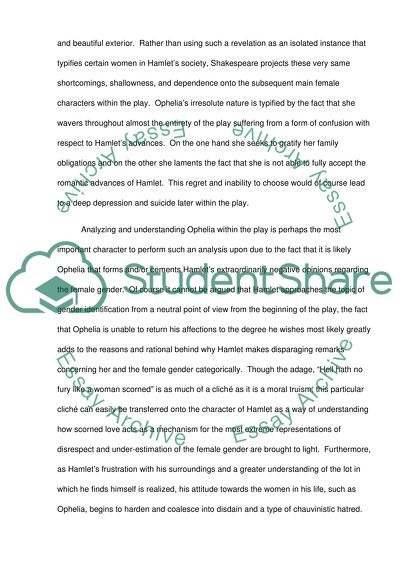Cite this document
(“The roles of women in Shakespeare Research Paper”, n.d.)
Retrieved from https://studentshare.org/literature/1462621-the-roles-of-women-in-shakespeare
Retrieved from https://studentshare.org/literature/1462621-the-roles-of-women-in-shakespeare
(The Roles of Women in Shakespeare Research Paper)
https://studentshare.org/literature/1462621-the-roles-of-women-in-shakespeare.
https://studentshare.org/literature/1462621-the-roles-of-women-in-shakespeare.
“The Roles of Women in Shakespeare Research Paper”, n.d. https://studentshare.org/literature/1462621-the-roles-of-women-in-shakespeare.


